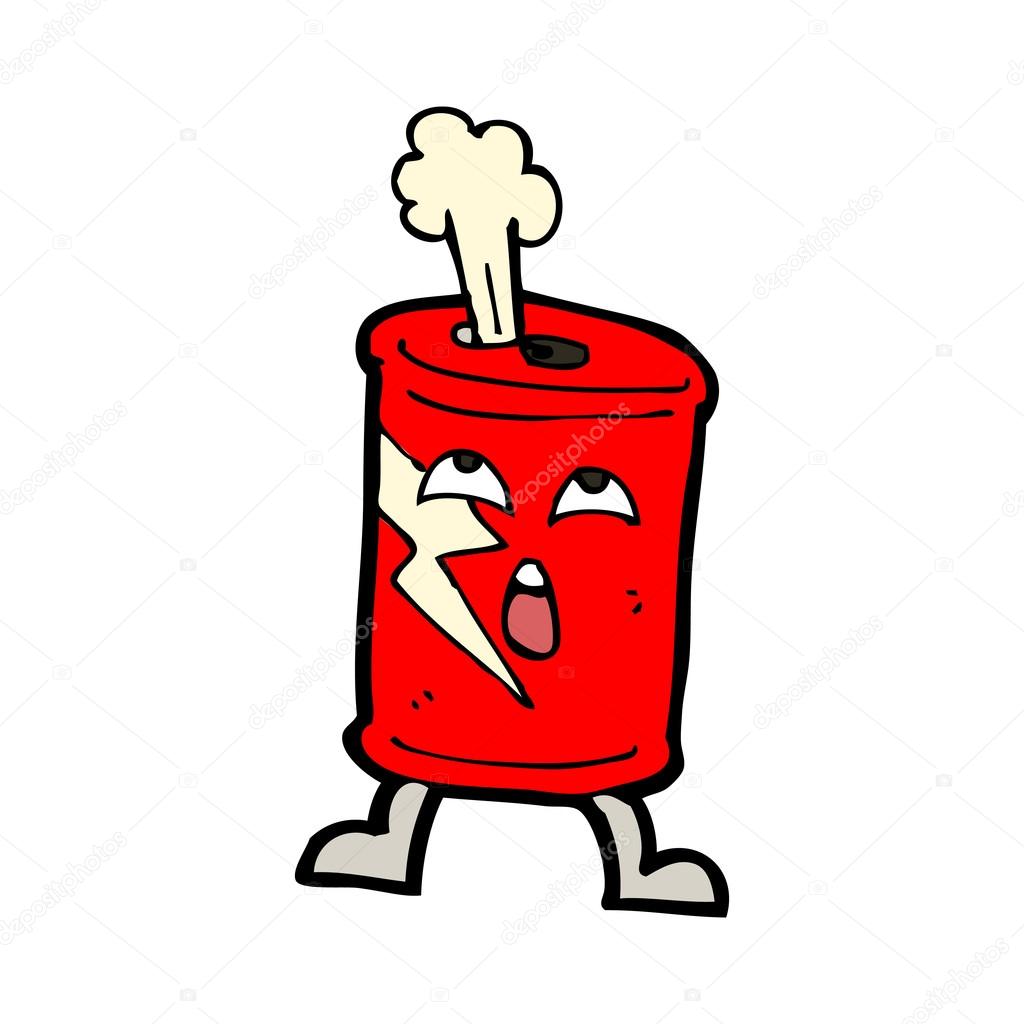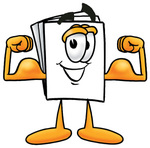Recycling Symbols
Explained
Would you like to know what recycle symbols represent? I did a small research and summed up all data in this post.
Would you like to know what recycle symbols represent? I did a small research and summed up all data in this post.
1. Can be recycled in
the household waste recycling scheme
Glass
This symbol
means the packaging is made from glass.
Glass can be recycled in the household recycling bin in Sussex or in public bottle banks.
Glass can be recycled in the household recycling bin in Sussex or in public bottle banks.
Metals
This symbol means the packaging is made from aluminum.
Aluminum can be recycled in the household recycling bin in Sussex.
This symbol means the packaging is made from steel. Steel can be recycled in the household recycling bin in Sussex.
Compostable
This is a very new symbol, which means that the packaging is suitable for home composting. You can buy cut-price compost bins through the West Sussex County Council Composting offer. For further information visit www.wsussex.getcomposting.com
Electrical
and Electronic Items
Items displaying these
symbols might be recyclable
The Mobius Loop has no precise meaning. It is generally understood to be the international symbol for recycling, but the use of the symbol is entirely voluntary. It generally means the item can be recycled; however it will depend on the recycling facilities in the given area.
Plastics
There are 6 different
types of plastic polymer commonly used to make packaging. The symbol used to
identify the type of polymer is a triangle with a number inside it and some
letters underneath. Unfortunately the triangle does not mean that the packaging
can be recycled and the council recommends that residents ignore this symbol on
packaging.
Apparently, we can’t recycle all plastic, just certain types –
PETE or PET and HDPE. Unfortunately, there’s quite a lot we just can’t recycle
yet.


Doug has some useful ideas to
help you organize your recycling.
As he thinks up more ideas we
will add them to the list so keep checking back to see what's new
Sometimes it seems like modern America is one colossal plastic
palace. The versatile material is in our cars, toys, packaging, clothing, home
goods, food utensils, medical devices and so much more. It is also littering
our streets, clogging our waterways and choking marine life. Many plastics can
be readily recycled, but how do consumers make sense of all the different types
and rules?
Number 1 Plastics
PET or PETE (polyethylene terephthalate)
Found in: Soft drink, water and beer bottles; mouthwash bottles; peanut butter containers; salad dressing and vegetable oil containers; oven able food trays.
Recycling: Picked up through most curbside recycling programs.
Recycled into: Polar fleece, fiber, tote bags, furniture, carpet, paneling, straps, (occasionally) new containers
PET or PETE (polyethylene terephthalate)
Found in: Soft drink, water and beer bottles; mouthwash bottles; peanut butter containers; salad dressing and vegetable oil containers; oven able food trays.
Recycling: Picked up through most curbside recycling programs.
Recycled into: Polar fleece, fiber, tote bags, furniture, carpet, paneling, straps, (occasionally) new containers
PET plastic is the most common for single-use bottled beverages,
because it is inexpensive, lightweight and easy to recycle. It poses low risk
of leaching breakdown products. Recycling rates remain relatively low (around
20%), though the material is in high demand by remanufacturers


Plastic Recycling Symbol
2
Number 2 Plastics
HDPE (high density polyethylene)
Found in: Milk jugs, juice bottles; bleach, detergent and household cleaner bottles; shampoo bottles; some trash and shopping bags; motor oil bottles; butter and yogurt tubs; cereal box liners
Recycling: Picked up through most curbside recycling programs, although some allow only those containers with necks.
Recycled into: Laundry detergent bottles, oil bottles, pens, recycling containers, floor tile, drainage pipe, lumber, benches, doghouses, picnic tables, fencing
HDPE (high density polyethylene)
Found in: Milk jugs, juice bottles; bleach, detergent and household cleaner bottles; shampoo bottles; some trash and shopping bags; motor oil bottles; butter and yogurt tubs; cereal box liners
Recycling: Picked up through most curbside recycling programs, although some allow only those containers with necks.
Recycled into: Laundry detergent bottles, oil bottles, pens, recycling containers, floor tile, drainage pipe, lumber, benches, doghouses, picnic tables, fencing
HDPE is a versatile plastic with many uses,
especially for packaging. It carries low risk of leaching and is readily
recyclable.

Plastic Recycling Symbol 4
Number 4 Plastics
LDPE (low density polyethylene)
Found in: Squeezable bottles; bread, frozen food, dry cleaning and shopping bags; tote bags; clothing; furniture; carpet
Recycling: LDPE is not often recycled through curbside programs, but some communities will accept it. Plastic shopping bags can be returned to many stores for recycling.
Recycled into: Trash can liners and cans, compost bins, shipping envelopes, paneling, lumber, landscaping ties, floor tile
LDPE (low density polyethylene)
Found in: Squeezable bottles; bread, frozen food, dry cleaning and shopping bags; tote bags; clothing; furniture; carpet
Recycling: LDPE is not often recycled through curbside programs, but some communities will accept it. Plastic shopping bags can be returned to many stores for recycling.
Recycled into: Trash can liners and cans, compost bins, shipping envelopes, paneling, lumber, landscaping ties, floor tile
LDPE is a flexible plastic with many applications. Historically
it has not been accepted through most American curbside recycling programs, but
more and more communities are starting to accept it.
Plastic Recycling Symbols 5
Number 5 Plastics
PP (polypropylene)
Found in: Some yogurt containers, syrup bottles, ketchup bottles, caps, straws, medicine bottles
Recycling: Number 5 plastics can be recycled through some curbside programs.
Recycled into: Signal lights, battery cables, brooms, brushes, auto battery cases, ice scrapers, landscape borders, bicycle racks, rakes, bins, pallets, trays
PP (polypropylene)
Found in: Some yogurt containers, syrup bottles, ketchup bottles, caps, straws, medicine bottles
Recycling: Number 5 plastics can be recycled through some curbside programs.
Recycled into: Signal lights, battery cables, brooms, brushes, auto battery cases, ice scrapers, landscape borders, bicycle racks, rakes, bins, pallets, trays
Polypropylene has a high melting point, and so is often chosen
for containers that must accept hot liquid. It is gradually becoming more
accepted by recyclers.

Plastic Recycling Symbol 6
Number 6 Plastics
PS (polystyrene)
Found in: Disposable plates and cups, meat trays, egg cartons, carry-out containers, aspirin bottles, compact disc cases
Recycling: Number 6 plastics can be recycled through some curbside programs.
Recycled into: Insulation, light switch plates, egg cartons, vents, rulers, foam packing, carry-out containers
PS (polystyrene)
Found in: Disposable plates and cups, meat trays, egg cartons, carry-out containers, aspirin bottles, compact disc cases
Recycling: Number 6 plastics can be recycled through some curbside programs.
Recycled into: Insulation, light switch plates, egg cartons, vents, rulers, foam packing, carry-out containers
Polystyrene can be made into rigid or foam products -- in the
latter case it is popularly known as the trademark Styrofoam. Evidence suggests
polystyrene can leach potential toxins into foods. The material was long on
environmentalists' hit lists for dispersing widely across the landscape, and
for being notoriously difficult to recycle. Most places still don't accept it,
though it is gradually gaining traction

Plastic Recycling Symbol 7
Number 7 Plastics
Miscellaneous
Found in: Three- and five-gallon water bottles, 'bullet-proof' materials, sunglasses, DVDs, iPod and computer cases, signs and displays, certain food containers, nylon
Recycling: Number 7 plastics have traditionally not been recycled, though some curbside programs now take them.
Recycled into: Plastic lumber, custom-made products
Miscellaneous
Found in: Three- and five-gallon water bottles, 'bullet-proof' materials, sunglasses, DVDs, iPod and computer cases, signs and displays, certain food containers, nylon
Recycling: Number 7 plastics have traditionally not been recycled, though some curbside programs now take them.
Recycled into: Plastic lumber, custom-made products
A wide variety of plastic resins that don't fit into the
previous categories are lumped into number 7. A few are even made from plants
(polyactide) and are compostable. Polycarbonate is number 7, and is the hard
plastic that has parents worried these days, after studies have shown it can
leach potential hormone disruptors
.jpg)















